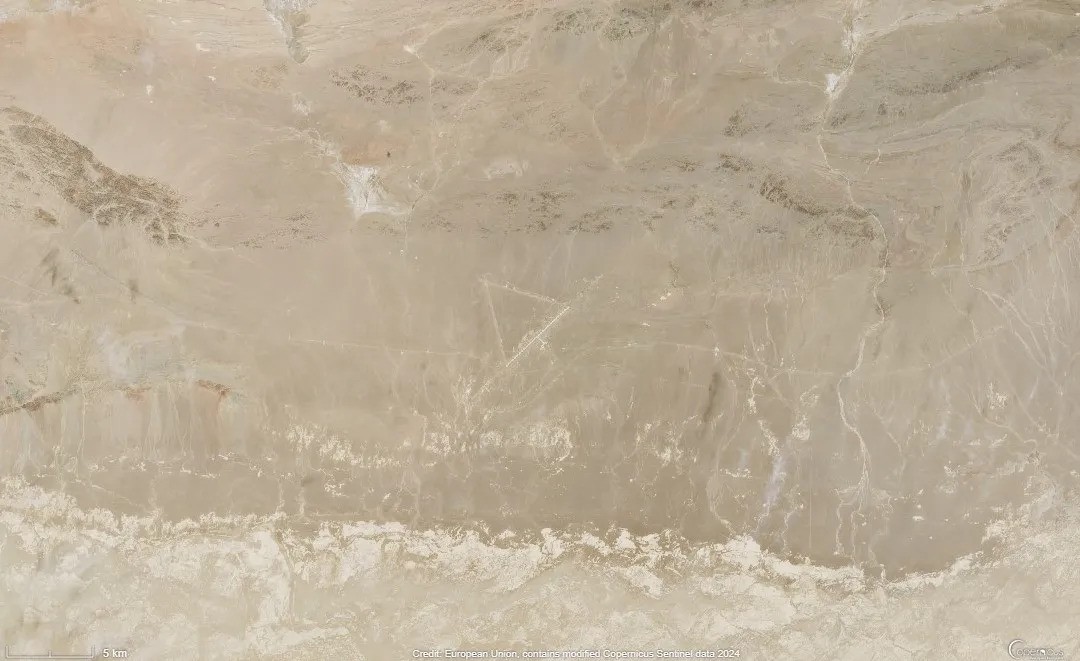A Chinese spaceplane, the name or designation of which remains secret, recently completed another flight. A major part of its mission program remains proximity to objects in orbit.

Return of China’s reusable spacecraft
China’s secretive spaceplane returned to Earth late Thursday night, completing its third orbital mission. The government agency Xinhua published a brief report on September 5 (Eastern Time) confirming the spacecraft’s return to Earth. There were no images or information about the mission and landing site in the message.
China launched a spacecraft for the third time from the Jiuquan Cosmodrome with a Long March 2F rocket on December 14. This event occurred two weeks before the launch of the U.S. X-37B spaceplane by a Falcon Heavy rocket into an unknown orbit. The Chinese aircraft is believed to be an analog of the X-37B.
Astrophysicist and space observer Jonathan McDowell estimated that the spacecraft was expected to fly over the planned Lop Nur landing site in the Xinjiang Autonomous Region in northwestern China at about 9:10 p.m. ET on September 5.
Completion of the third mission of the spacecraft
Observations of the maneuvers of the spacecraft in orbit suggested that it was preparing to return to Earth. In late July, optical astronomy enthusiasts got an image of a spacecraft in orbit.
The landing marked the completion of the spacecraft’s third mission. It was similar in duration to the second mission, which lasted 267 days. The first flight in 2020 lasted two days.
Orbital rendezvous operations
All missions were intended to put a small satellite or object into orbit. During the second and third missions, the primary spacecraft conducted rendezvous operations with the object it was orbiting. The third flight took place in June.
Although it is unclear whether the spaceplane briefly returned and released the object again, their close proximity is indicative of intentional approach operations with the object. The second mission also included similar maneuvers. Such operations may be useful for extraction, repair, and maintenance of friendly satellites or for potentially dangerous counter-space operations against enemy spacecraft.
China maintains strict secrecy around this mission. The country’s space agency hasn’t made public either the image or the description of the spacecraft.
Chinese mission briefs say the spacecraft is intended to test reusable technologies and scientific experiments, as well as provide technical support for the peaceful use of space.
According to spacenews.com


